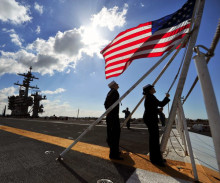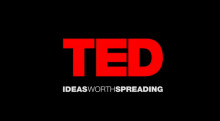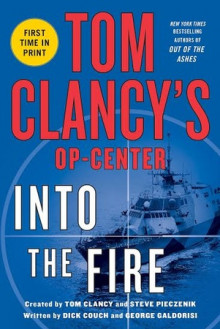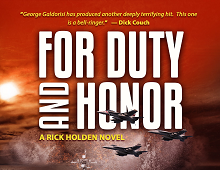Is Autonomy Okay?
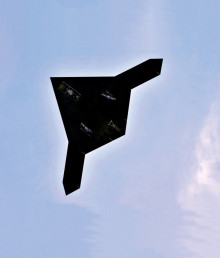
Few issues related to national security fire up such passion as the use of unmanned or autonomous systems for military use. Over the past decade, these technological wonders have been used on the battlefield as well as in targeted killings of terrorists. By-and-large, the public is torn on this issue, suffice it to say, there has been vastly more heat than light regarding their use.
The expanding use of armed unmanned systems (UxS) is not only changing the face of modern warfare, but also altering the process of decision-making in combat operations. Indeed, it has been argued that the rise in drone warfare is changing the way we conceive of and define “warfare” itself. These systems have been used extensively in the conflicts in Iraq and Afghanistan, and will continue to be equally relevant – if not more so – as the United States’ strategic focus shifts toward the Asia-Pacific region and the high-end warfare this strategy requires. The exploding use of UxS is already creating strategic, operational, and tactical possibilities that did not exist a decade ago.
With the prospect of future flat or declining military budgets, the rapidly rising costs of military manpower, and the increased DoD emphasis on total ownership costs, the mandate to move beyond the “many operators, one-joystick, one-vehicle” paradigm that has existed during the past decades for most UxS is clear and compelling. The DoD and the services are united in their efforts to increase the autonomy of UxS as a primary means of reducing manning and achieving acceptable total ownership costs. But this drive for autonomy begs the question as to what this imperative to increase autonomy comports and what, if any, downside occurs if we push UxS autonomy too far. Is there an unacceptable “dark side” to too much autonomy?
Read the entire article here on the Defense Media Network website and consider what the dark side of autonomy could mean:



